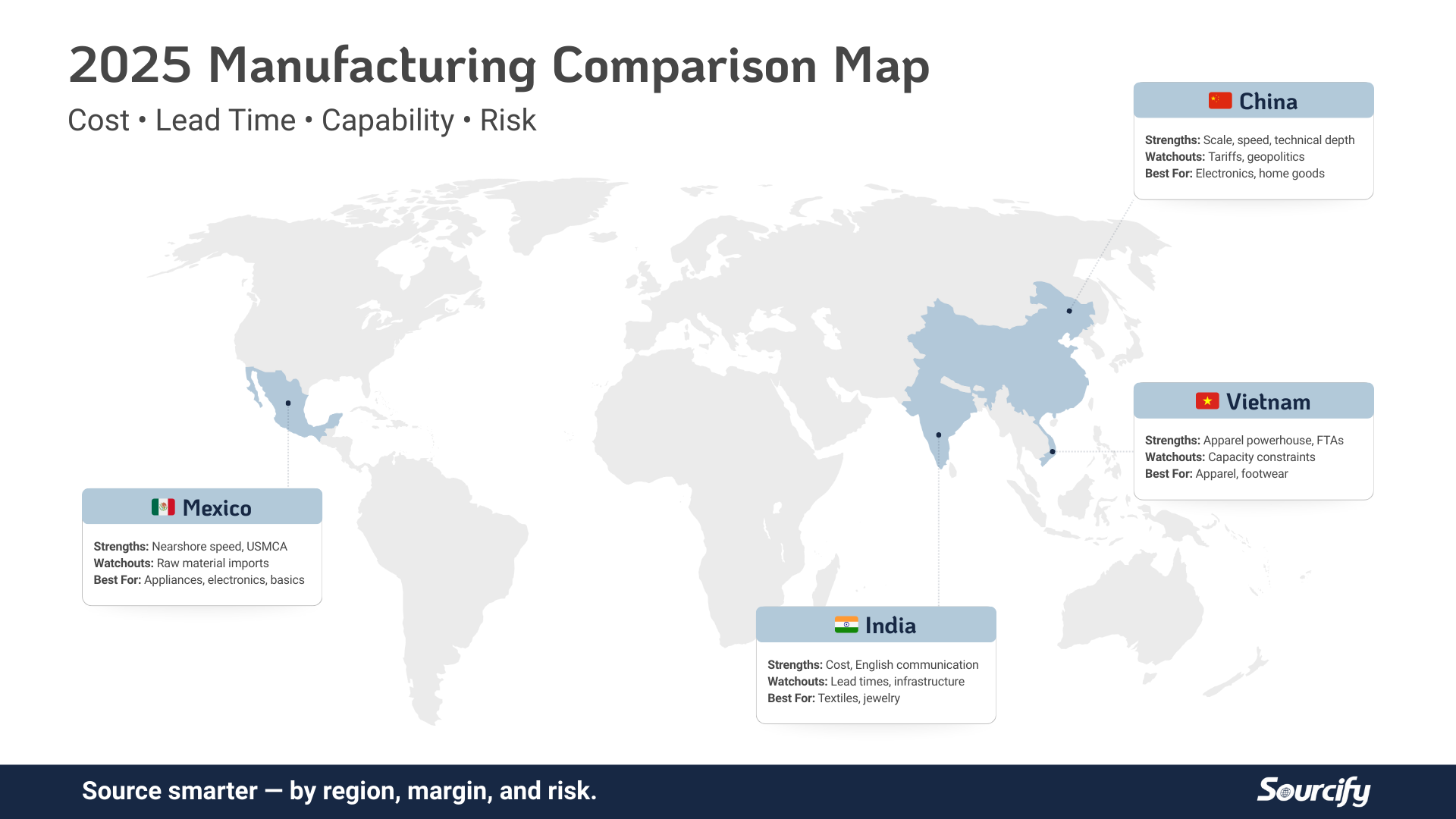Hungryroot is a modern diet and meal delivery service that has grown to become a popular brand in the health-conscious consumer class. Founded in 2015, the company set out to create the convenience of take-out food without sacrificing the quality of healthy meals.
It was initially met with great success but soon faced a downturn when financial risks caused them to close down in 2018. After a brief period of uncertainty, Hungryroot reemerged in 2020 with amazing successes, becoming one of the fastest-growing meal-delivery services in the country.
The Rise
Unlike traditional delivery services, Hungryroot goes far beyond simply delivering groceries. Subscribers have the option to choose meals from the wide selection of vegan, paleo, and gluten-free options that are based on the customers’ dietary preferences.
Each week, Hungryroot curates dishes and sends their customers the exact proportions of vegetables, grains, proteins, seasonings, and sauces needed to prepare the meal. The entire process from shopping to meal prep is handled automatically, negating the need for the customer to do any of the legwork.
The website also houses a vast selection of customizable ready-made meals that are delivered straight to the customers’ front doors. These dishes come pre-made and stay fresh for up to seven days at a time. Needless to say, you don’t have to worry about the hassle of grocery shopping and meal prepping with Hungryroot around.
Hugely convenient, nutritious, and delicious meals are the cornerstone of Hungryroot’s success. With a staff of professional cooks, chefs, nutritionists, and health experts, the dishes have been honed and perfected to give every customer the best dining experience possible. All of their dishes and meals are carefully designed to ensure maximum nutrition and great flavors.
Moreover, Hungryroot is immensely popular due to their commitment to using natural and organic ingredients. All of the ingredients used by the company are verified to be eco-friendly and free from artificial colors and preservatives. Furthermore, Hungryroot practices sustainability by using recyclable, biodegradable materials for the packaging of their meals.
The Fall and Rebirth
Unfortunately for Hungryroot and its users, however, the company experienced a rapid decline in sales and popularity during its second year. Having built its business model around expensive ingredients and labor-intensive production processes, the company began to experience higher costs and slower turnaround. Stiff competition from traditional grocery stores, meal-prepping companies, and delivery services like Grubhub further impacted Hungryroot’s sustainability.
Rather than shut down, however, the company decided to pivot and change its business plan. The new platform focused on healthier, more affordable, and processed-free meals that customers could prepare in minutes. A transition to sustainable packaging also helped Hungryroot reduce its environmental impact.
Happily, Hungryroot was successful in its second life. The company invested in marketing, influencer partnerships, and a new app that made it even easier for customers to find options and add to their carts. With an online presence bolstered by social media, Hungryroot was once again rising in popularity.
The company’s new owner, Goodlord, declared that Hungryroot was to build its business around a new shopping experience. This included a five-dollar subscription cost, with free shipping and a flexible menu with dozens of options. In addition, they determined that the recipes provided had to be delicious, with ingredient-focused items rather than pre-made mixes.
Today, Hungryroot has become a household name in the meal-prepping industry. Its wide array of vegan and vegetarian products are available in the continental United States, including delivery in some cities. Hungryroot’s customers continue to rely on the company for its convenience, affordability, and ethical production and sourcing practices.
In the end, Hungryroot is a prime example of a company that was able to adapt and overcome. After a difficult period early on, Hungryroot experienced a resurgence in popularity and profitability as it revised its original strategy and mission. Going forward, Hungryroot will continue to strive to make meal-prepping and food delivery more accessible, affordable, and healthy.
Hungryroot Found Success, but It’s Not Been Easy
Hungryroot has succeeded as a DTC brand despite challenges. The team has built a strong brand, product and culture that resonates with customers. Hungryroot has also been very strategic in its partnership choices, which have helped accelerate growth and increase market share in the category.
With over $20 million in VC funding from investors including Accel Partners, Lightspeed Venture Partners and Battery Ventures (among others), it’s no surprise that Hungryroot is growing quickly. The company currently employs 150 people across offices in New York City, San Francisco, Los Angeles, Chicago, Seattle, Portland, Las Vegas, Austin and Dallas-Fort Worth, Texas markets.
Lasting DTC Success
Hungryroot has found success as a DTC brand. Its success is due in large part to the fact that it offers great food at reasonable prices and continues to innovate with new products.
The brand has also benefitted from being able to connect directly with customers through social media channels like Instagram and Facebook, which allow them to share recipes and ideas for new dishes as well as engage with potential customers directly.
Customers are committed to Hungryroot’s products, and their support will keep the company from having such an extreme fall again. Look for Hungryroot as a competitor moving forward.




